Estimated reading time 6 minutes, 41 seconds.
According to a July 2023 report prepared for Bombardier by PricewaterhouseCoopers LLP (PwC), awarding the OEM with the Canadian Multi-Mission Aircraft (CMMA) contract would create a significant economic footprint in Canada over the contract period and beyond.
In May, Bombardier announced a partnership with General Dynamics Mission Systems-Canada to develop a next-generation multi-mission and anti-submarine warfare (ASW) aircraft that meets the requirements of the Canadian government’s CMMA project — which intends to replace the Royal Canadian Air Force (RCAF) fleet of 14 CP-140 Aurora maritime patrol aircraft. Bombardier’s proposed solution leverages its Global 6500 baseline aircraft that is currently in production, and would feature General Dynamics’ integrated mission systems.
The PwC report indicates that selecting the Global 6500 platform for the CMMA project (16 aircraft total) would result in a total Canadian economic footprint of C$2.8 billion in GDP, 22,650 full-time equivalent jobs, and C$1.8 billion in labor income – based on manufacturing the airframe; developing, upgrading, and installing the mission system and ASW capability; maintenance and repair; and training. A contract award would also see 450 direct jobs per year for 25 years after the delivery of the aircraft, for maintenance, repair, and operation activities.
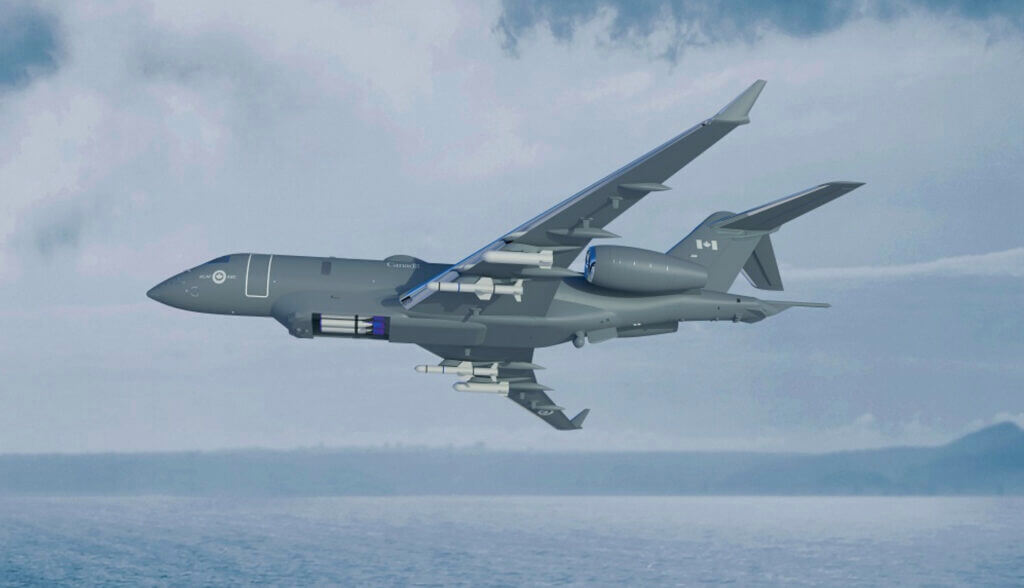
Moreover, since Bombardier is a Canadian manufacturer, the report says a CMMA contract would support supply chain resiliency, as the federal government could “avoid relying on approvals from the U.S. government for any changes it may need to apply to the aircraft.”
Ever since Canada’s Defence Minister Anita Anand began considering whether to award a sole-source contract to Boeing for the CMMA project in late 2022, Bombardier has been pressing the government to “open a competitive, fair, and transparent procurement process” and to consider a Canadian-built option.
Bombardier’s partnership announcement with General Dynamics came several months after the federal government stated that the P-8 is “the only currently available aircraft that meets all of the operational requirements” for the CMMA project, and submitted a letter of request to the U.S. for the acquisition price of 16 of the Boeing-built jets.
In June, the U.S. State Department approved the possible sale of 16 P-8A Poseidon maritime patrol aircraft to Canada for approximately US$5.9 billion. In addition to the 16 aircraft, that price tag would include numerous onboard systems, spare components, spare engines, support equipment, training and training devices, engineering technical assistance, and contractor engineering technical services and logistics support.
During a recent presentation at Bombardier’s Montreal facility, vice president of public affairs Pierre Pyun told reporters that Bombardier is confident it could compete with Boeing’s $5.9 billion price. However, he noted that the OEM would not be able to put forward a price without a request for proposals and an outline of specific requirements.
Bombardier believes the Global 6500 is the best choice for Canada for a variety of reasons, including its “next-generation engines, long range, high endurance, proven reliability, better fuel efficiency, 24/7 worldwide support infrastructure,” and the fact that it’s built in Canada.
However, some Canadians believe that although the Global 6500 is built locally, it could end up being more expensive than Boeing’s P-8 platform. Bombardier has noted that it has a track record for modifying its Global aircraft for defense applications, including the Global 6500 for the U.S. Air Force’s Battlefield Airborne Communications Node program; the Global 6000 for Germany’s Pegasus project; the Global 6500 for Saab’s GlobalEye platform, and more.
However, the OEM has not yet addressed the fact that the Global 6500 would require significant airframe modifications to deliver on Canada’s requirements. For example, the aircraft does not currently have a weapons bay like Boeing’s P-8. Major modifications typically mean a time-consuming and expensive development program — as Canada has experienced with the CC-295 Kingfisher, which will reach full operational capability seven to eight years later than initially planned.
As well, Canada would be the only Five Eyes nation operating the Global 6500 in its CMMA configuration, which brings on another set of challenges when it comes to supportability when deployed abroad. Canada has already learned many lessons operating the CH-148 Cyclone helicopter as an orphan aircraft.
Boeing’s P-8, on the other hand, is already in operation with Canada’s Five Eyes allies — the United States, United Kingdom, Australia, and New Zealand — as well as Norway, India, and South Korea. The P-8 has also recently been acquired by Germany.
At the time of writing, the federal government had not yet made a decision on the multi-billion-dollar CMMA contract.
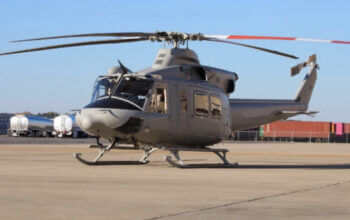

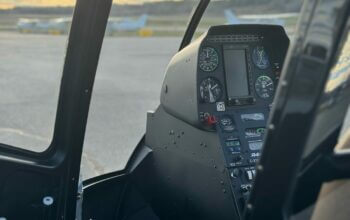
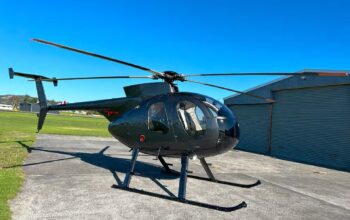
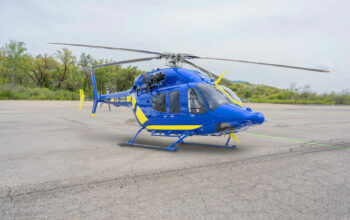
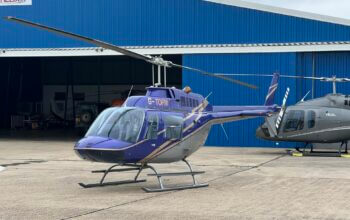
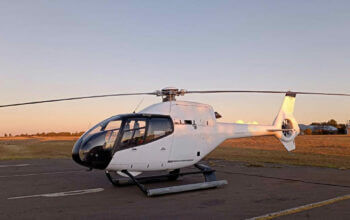


Why not mixed fleet of P-8 and 6500, with 4 of the 6500s in VIP config replacing the Challengers so as not to add fleet or training complexity? Many of the missions for the multi-mission aircraft are domestic/ low threat in nature and don’t require a platform as capable or expensive as the P-8 and the challengers are small with half the fleet getting old. The recent search for the Titan submersible being a perfect example of where a 6500 would be a better option if it performs as advertised. The 6500 with NO internal weapons bay (but with external weapons hardpoints as modeled in the Bombardier/Saab Swordfish config) might be a more efficient use for those less demanding missions So instead of replacing 14 CP-140s with 16 P-8s you replace 14 CP140s and 4 CC-144s with 10 P-8, 6 CMMA 6500s and 4 VIP 6500s (or some other such combination)
My understanding is that Canada was going to purchase Off The Shelf equipment where we know already what we’re getting. Building a whole new animal from scratch is going to cost R & D and in the end will not match what you get with the P8. Look at out 295 King Fisher, Cyclone helicopters not even close to delivery or full capacity.. Billions spent for an underrated product same as the 6500 will be. Look at our vintage Vietnam Huey helicopter, billions spent upgrading instead of buying something new and worth while. I agree with Rob I comments above, but what do I know I’m just a tax payer.
I think the Cyclone will perform well in the ling run, it’s the procurement that was the nightmare as is always the case in Canada. Personally I don’t consider the Griffon to be a Vietnam-era Huey it is certainly a descendant of that basic design and definitely a no frills civilian helicopter that has no business in a tactical role and never should have been procured. Military procurement is broken in Canada. Arguably, it always has been dating back to the Ross Rifle fiasco of WW1.
To expand on your comment we took a helicopter that may or may not be successful but we are the only nation flying it for purpose it was built. “ Cyclone” Not compatible with other nations. As for the griffon it’s past it’s due date. The 6500 is another handout because of the dislike between the 2 aircraft builders. Does Canada want another “one of “ because of some past mistakes? Time to get over it.
Does anyone believe that bombardier won’t go over budget and ask for more money later on?
Sorry Bombardier, but I can’t fathom you’ll stick to what you quote and they’ll just end up costing more to buy and have issues later on.
The p8 is in service now and we know what we’re getting with it.
They all go over budget and over time. The P-8 will also.
Rob you have an interesting idea, but I am more aligned with Ron on this one. A 16 aircraft development and delivery program is small enough, in fact is likely to small. 6 CMMA aircraft would make development impractical in my mind. As an ex Maritime Patrol Captain I can tell you the difficultes we experience with the 295 King Fisher are miniscul in comparison to a fully operational ASW aircraft. Our government has kicked the can so far down the road that we are forced to purchase off the shelf . The P8 is the right choice.
Well I don’t have your first hand experience but I am conscious of the fact that it cost $2.4m for a CP-140 to search for the Titan submersible, what will the operating costs be when the platform is a highly modified Boeing 737.? It is clearly expensive overkill for a lot of the CP-140s missions Circling above a Manitoba flood zone just to take photos and relay communications between ground units is another CP-140 job that sounds absurd for Boeing 737 (it doesn’t sound that great for a 6500 either but it seems it would at least be a step in the right direction). I see your point that procurement of anything less than the full 16 aircraft is too small but yet the RCAF is currently replacing its fleet of 5 CC-150s with 6 MRTTs and at some point it will have to address at least 2 of the 4 CC-144 Challengers so a procurement of 10 or 12 6500s (no weapons bay) to replace all challengers and some cp-140s could be a smart move that consolidates and reduces the small fleets while still allowing for 8 or 10 P-8s. The 6500 and the General Dynamics onboard system are both proven so hopefully delays would be negligible
The Canadian Government has waited to long to start the replacement process, to go with something that is not in full production risks delays and loss of capabilities until the new platform is fully operational and we cannot afford that.
And although the economic benefits would be nice, if we are going to wait for equipment to reach “rustout” before replacement we need to buy off the shelf from who has what we need to keep our capabilities.
Maybe with better planning and a plan to export to other countries the Global 6500 can be the replacement for the P-8.
I agree we should be very careful when engaging with a heavily modified Global 6500, practically a new aircraft, especially considering the not so good product development record Bombardier has had in the, let’s say 10 – 15 years. Projects like the C-Series, Global 7000 had serious delays and cost overruns. Eventually, the Global 7000 got certified as Global 7500 but the 8000 variant is still in diapers. And don’t forget the expensive and failed development of the Learjet 85.
All those (and other top mismanagement errors) have led Bombardier to shrink considerably: the rail business is gone and the aerospace one practically relies only on Globals. How much buffering capacity does this small Bombardier have in case development, certification and/or supply chain issues (historically problems for the company) pop up for the CMMA Global 6500? They needed to sell the C-Series program to Airbus in order to survive but they have now nothing else left to sell in case money is desperately needed.
On the other hand, a sleek, fast, long range Canadian made CMMA aircraft cannot be easily discarded; a very tempting option, let’s admit.
Difficult technical, operational and, yes political decision.
“Projects like the C-Series, Global 7000 had serious delays and cost overruns.”? The C Series and the Global 7500 aircraft are the respective leaders in their class, not only in terms of performance and environmental footprint, but from every angle. They’re both gonna be very profitable programs with positive margins for Canadian companies, creating good high paying jobs. Great engineering is expensive, but if Bombardier quotes les than the almost $6B being quoted by Boeing, they’ll have plenty of funds to do the necessary modifications which Bombardier is well suited to deliver on (the entire CSeries program cost $4.5B!). If you want heavy fuel burning and slow flying behemoths like the P-8, just because they have a bigger payload capability, then you’re settling for less. The Global 6500 platform is the right platform for the CMMA. And in the extreme case, half Globals and half P-8s.
The Global Express series of aircraft have found markets other than what they were designed for, and although the procurement of the P8 makes sense Canada’s R&D involvement is woefully inadequate.
How about awarding a contract to Bombardier to modify a 6500 with all the appendages that the airframe needs to meet the requirements, test fly the results and see what happens. Penalty clauses in the contract would be the “claw back” deal where if Bombardier doesn’t meet its projections it forfeits payment.
An end result for the prototype aircraft could end up penetrating other markets AND fulfilling Bombardier’s claims. The C series, now A220 is a classic case of an excellent Canadian design screwed around by Boeing costing a small Canadian fortune because of lousy contractual elements, but paying dividends for AirBus now and into the future with its many variants. Canada designs and builds darned good aeroplanes (the DeHavilland Canada legacy) … we should encourage more of the same.
Here is the reality .. where the rubber meets the road on this issue. The fall back position of the government is that the Boeing P8 is the only currently available and operational aircraft that fits the bill. Bombardier for its part has known or ought to have known years ago that the RCAF would be looking for a replacement for the Auroras and should have been “up and at ’em” getting their proverbial’s together .. partnering, R&D and all the rest of it that has to go into putting together a bid.. at least 5-8 years ago and not at the last minute. The Auroras are on their last wings .. They are done and overdone like last nights dinner .. just as are the legacy CF-18’s. They need replacement now .. not on Bombardiers time.
For a country that can’t house or provide medical care and is patching up 50 year old reactors, the thought of buying a modified 737 “remember the Max?” to look for undetectable Russian submarines after WWII has ended the world makes no sense. I go back to the Arrow being replaced with the garbage Bomark and 104 widowmakers. We seem to learned nothing, still a vassal state for the empire. Over a thousand orders for what’s now the Airbus A200 thanks to Boeing and the 200% tariff and our compradors in government. You’re supposed to learn from your mistakes, we don’t.
Canada should really be more ambitious with this program and introduce something like Globaleye that can do air and sea patrol. All they need is a small compartment for lightweight torpedos.